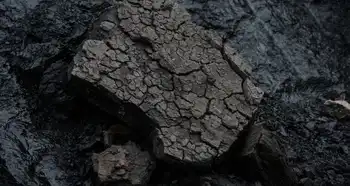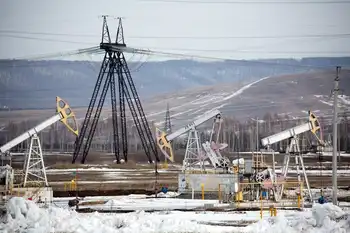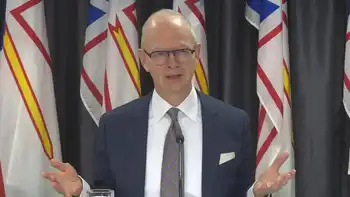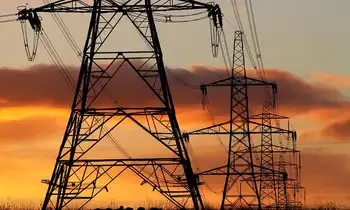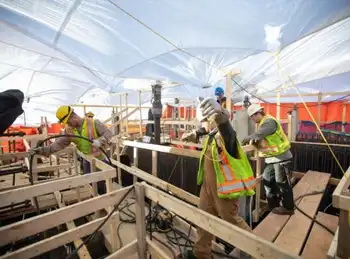Utilities adjust to use wind
By Knoxville News Sentinel
CSA Z463 Electrical Maintenance
Our customized live online or in‑person group training can be delivered to your staff at your location.

- Live Online
- 6 hours Instructor-led
- Group Training Available
Delivering electricity from windrich regions to windpoor areas like the South is one piece of the puzzle as the U.S. moves toward adopting larger amounts of renewable energy. But integrating wind power, which fluctuates on natures impulse, with traditional sources, such as gas, coal and nuclear generation — which can be flipped on and off with a switch — is just as much of a challenge, said Brendan Kirby, a wind expert and former researcher at Oak Ridge National Laboratory who now consults with power companies and other groups across the country.
How do you run a power system if youre going to have large amounts of wind? said Kirby. It does mean you have to run your system a little differently.
Wind companies and utilities can use forecasting to generally plan for how much electricity wind will deliver — typically it takes a couple of hours for patterns to shift significantly, Kirby said. But they do need their systems to be able to respond to minutetominute and even secondtosecond fluctuations, he said.
It takes coordination over larger geographic areas, he said. TVA internally adjusts its generation that fast, but they dont trade with their neighbors that fast.
However, Kirby said, the systems exist to handle subhour scheduling, and he doesnt see it as being overly difficult.
In fact, thats a question TVA is working on right now as it prepares to bring online the first of six contracts for wind power in the coming months.
As those turbines are generating power were taking all that power and putting it on our system, said Steve Lomax, TVA senior manager for clean and renewable energy. It really, in turn, then dictates how youre operating those systems that you have control over.
But surprisingly, Kirby said, the greater the amount of wind used the more the variability in supply seems to subside.
When youre covering a bigger geography, he said, the wind doesnt have so much minutetominute variability.
And while wind will likely never be considered a baseload source of power, Kirby said, its proving the most promising significant source of clean energy, at least for now.
Certainly 10 years ago I would have thought there was a hard limit to how much wind could be utilized and that limit would have been pretty low, Kirby said. Now, industry experts are finding that 30 percent of energy produced can reliably come from wind, and, he said, researchers are looking at the potential of even higher percentages.
As utilities learn to handle a new type of power, Kirby said, the industry is looking at how to handle power demand differently as well.
Because wind turbines generate electricity even during times of low demand, such as at night, factories might be able to alter their processes to take advantage of the cheaper electricity, he said, or wind power could come in handy to charge electric vehicles while their owners are sleeping.
Youre suddenly looking at having some very low cost energy available, Kirby said. Why wouldnt you go and design loads that are made to be used for that?






